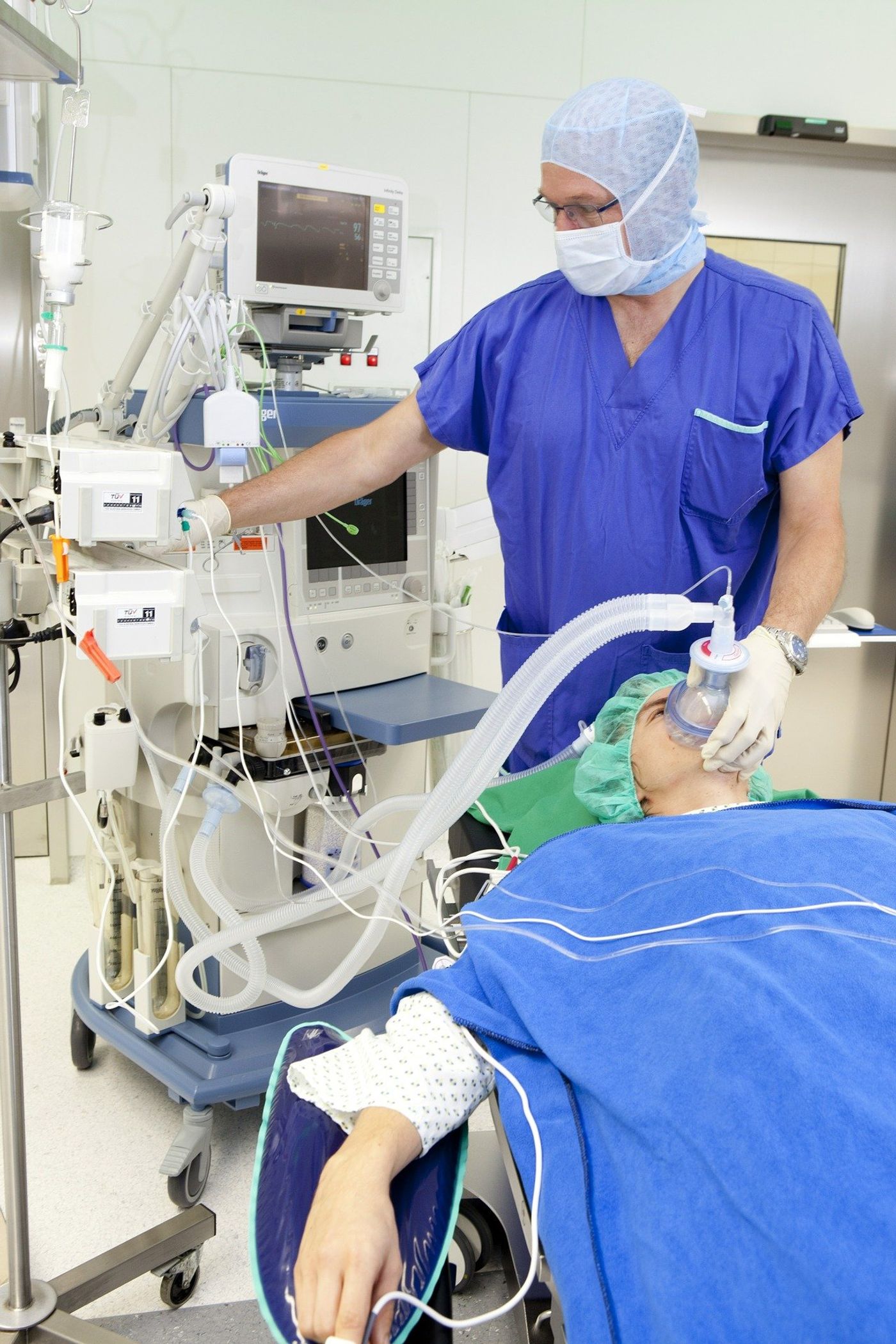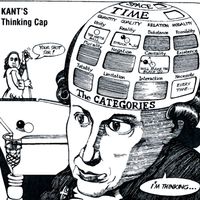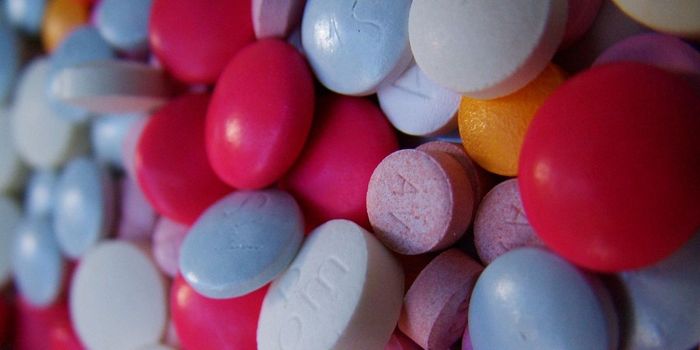Researchers Develop a New Method for Analyzing How Ketamine-Induced Anesthesia Affects the Brain
“I wanna be sedated,” sang Joey Ramone in the 1978 song of the same name. But Joey didn’t know that not all sedatives affect the brain in the same way — let alone the mechanisms that cause those differences. Recent research from scientists at M.I.T. and Massachusetts General Hospital, however, clarify the distinct difference between the way ketamine and propofol-induced anesthesia affects the brain. By developing the first statistical model of brain states under ketamine-induced anesthesia, researchers were able to describe the neural mechanisms that produce and maintain unconsciousness. Not only that, but the results shed increased light on the nature of consciousness itself.
Computational researchers needed a statistical framework for quantifying the underlying — and little understood — neural mechanisms of ketamine-induced anesthesia. They turned to a “Hidden Markov model” to facilitate describing those mechanisms responsible for, as the authors report, the “short duration bursts of high frequency electrophysiological activity in the brain” caused by anesthetic doses of ketamine.
In other words, while scientists know that ketamine causes those bursts — alternating between high-power gamma and slow-delta oscillations — they do not know how it does so. The statistical model provides a new method for brain analysis, provided by “detailed descriptions of the dynamic properties and oscillatory signatures associated with ketamine-induced neurophysiological states in non-human primates and in human patients.”
Knowing that something happens is not the same as knowing how or why, so the results of this new model are of particular interest to clinicians and neuroscientists alike. For example, given that the model clarifies how ketamine works in the brain, developing systems that monitor patients under ketamine-induced unconsciousness can improve patient outcomes.
The statistical modeling also provides a new analytical tool for consciousness studies. Both ketamine and propofol induce unconsciousness, but by different means — roughly speeding up brain activity or slowing it down. It would seem, then, that consciousness requires some sort of balance between the two. Given the success of the recent results, research is in the pipeline to develop the hypothesis that consciousness is ‘lost’ in more than one way.
Sources: M.I.T. News, PLOS Computational Biology










